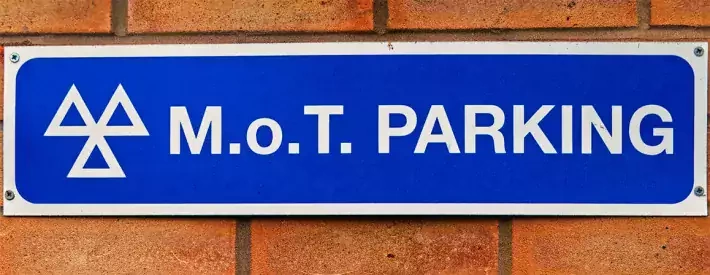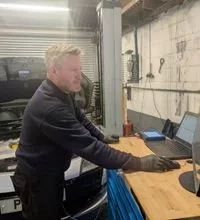Six things to remember to get testers back up to speed

In this article: Parts of the MOT sector have been running throughout of the COVID-19 pandemic, but for those coming back now’s a good time to make sure you’re up to speed and if you’ve been running throughout, it is still a good idea to keep abreast of the changes.
MOT testing over the lockdown has been exactly that, testing. A blunt tool was deployed to protect the motorist from unnecessary journeys – the MOT extension. Leaving the decision to the motorist to decide for themselves if their car was roadworthy or not was always going to cause issues.
The move baffled the automotive aftermarket community who were, at the same time, declared to be key workers, essential to road safety and urged to stay open.
Thankfully the MOT extension ends on the 1st August, which will come as a relief for many, and while there will be implications for testers next year that come as a direct result of the initial decision, at least things should start to normalise a little.
While many MOT centres stayed open and working, there will be those who are only just starting to return to work, and they’ll need to make sure they’re up to speed and ready to go. Here are six things you need to think about as you fire back up again:
1. Get checked
Although a demonstration test is not required unless six months have passed without testing, a Quality Control check is recommended for returning testers.
2. Be secure
Service users will now need a unique email address in order to access their tester portal, this change may have passed them by if they’ve been furloughed or shielding. The security question option is no longer available.
3. Read notices
Testers and MOT Managers should check for special notices and test quality information. Particular attention to 02-2020 which covers the Covid-19 temporary changes to MOT policy.
4. Read the latest updates
Changes to the MOT manual went live on the 1st July 2020, this again refers to security questions, but there are other changes including requirements for those making assurance checks who must be trained as MOT testers and hold a level 2 qualification in MOT testing or equivalent for the appropriate class. This is a substantial change and clarification for “equivalent” has yet to be produced.
5. Stay up to date with PG9 changes
There have been changes to the PG9, dependent on how it was issued, despite the form having the same name the procedure is different; if issued by the police and you should follow their guidance. If issued by a DVSA Examiner, the prohibition notice is automatically cleared once the vehicle has passed a MOT test. There has been some general tidying up of language in section E (testers) and appendix 8.4.
6. Working with others during MOT Testing
Two person testing procedures and other instances were assistants are needed should follow the guidance outlined by the devolved nation where they practice, and the advice issued by the DVSA. The DVSA acknowledge that safe distancing will be impossible in certain circumstances and detail advice, with examples, in SN 02-2020. The notice also acknowledges that in these fast-paced times, referral to the latest advice for each devolved nation will supersede the notice itself and there might be differences on how each government administration operates.
…and four things the government could do to help the sector
As well as the points MOT testers need to consider when they return to work – if they haven’t already – there are also items that the government should start to think about in order to help the sector. This isn’t just about coming out of the COVID-19 pandemic but also helping modernise and streamline the sector.
- Get rid of paper certificates pronto! The relaxation to only provide VT20s (pass certificates) if requested could be extended beyond the pandemic. Issuing a paper copy for a VT30 (fail certificate) is still mandatory. As minor and advisory information is produced on the VT20, it could be assumed that they too don’t require a paper copy and can be read on the MOTH service.
- Calibration extension is welcome, (see SN02-2020), but not much use for machines that “lock out”, will this practice be discontinued now we have learnt that this method can bring a station to a standstill?
- Will the rollout for connected equipment continue as planned?
- Would Back to Work grants include upskill grants for the sector to keep up with technology demand? Ordinarily it’s expected for the industry to self-serve in this area, due to the interruption of the corona virus, it may be difficult for the aftermarket to support the government’s desire for switching to a technology we are not prepared for.




